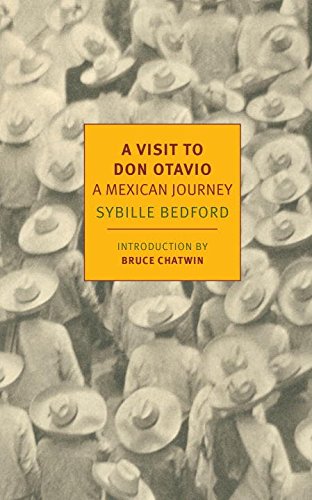As the author of a travel book as well as many novels, I’ve often suspected that writing a superior work in the first category is a greater challenge than writing one in the second. The comparative difficulties become clear when you develop the same material, as nonfiction first and then again as a novel, with the fictive story and characters imposed on the travel account. The difference has, I suspect, to do with the fact that nonfiction requires a compelling and unique authorial voice to substitute for either the first-person narrator of the novel or, alternately, the voices of the separate characters; and that it is easier to find the voice exactly appropriate to a given fictive character than it is to find it for oneself, as being at once the author and the narrator of the story, which are always two different things, no matter how close they may be. Add the fact that the author-narrator, all by himself, must do the work of several, or many, or even tens and scores of characters, as in the big novels of the 19th century, and you will begin to see the obstacles the ambitious travel writer, true literary artist, and man or woman of high intellect and real learning combined with superior powers of observation and of memory necessarily faces.
New York Review Books, the press associated with the New York Review of Books, for some years has performed an admirable service by reprinting forgotten or nearly forgotten titles of real literary value, many of them actually classics or deserving classic status, in quality paperback editions. Recent among them is A Visit to Don Otavio: A Mexican Journey (with an Introduction by the late Bruce Chatwin, the author of In Patagonia and other travel books), by Sybille Bedford. Born to German parents, she was raised all over Europe, married an Englishman, and wrote four novels and a two-volume biography of her friend and mentor Aldous Huxley. In 1981 she was made the recipient of the Order of the British Empire. I ordered a copy from the press after reading the review in the NYRB, encouraged partly by it and partly by my interest in Mexico, the setting for several of my own novels. I am now well into the book and long since overwhelmed by Bedford’s literary technique, by her brilliantly poetic prose (like an impressionist painting in print), her novelist’s eye for character and detail, her rather stylized but highly effective dialogue, and every other talent required to write a first-class book of travel—of which she wrote several—including, of course, a gift for narrative. I don’t think I’m exaggerating when I say that A Visit to Don Otavio (which should really be “Octavio”; a minor literary mystery) is a work of genius. (I was about to say “a small work of genius” but, of course, a work of genius is a work of genius, period.)
The trip to Mexico on which Bedford is accompanied by her friend “E” begins in New York City, inspiring a brilliant evocation of Manhattan at the height of one of its usual oppressive summers. It is the mid-1940’s. The women take the train from Grand Central Station across the Midwest and South to San Antonio, Laredo, and on to Mexico City, from where they venture outward into rural regions surrounding the capital. In those days Mexico was a much safer place for foreigners—and for the natives as well. Still, the pair have adventures, including losing choice bits of their luggage to masked bandits. I am now to the part where they are visiting the squalid Indian town of Pátzcuaro, among the Tarascan tribe. Bedford’s rich descriptions are further enriched by philosophic, historical, and literary reflections and allusions drawn from the author’s broad field of reference, the result of wide reading wisely chosen.
Among so many perfect passages, I settle by chance on this one as exemplary. Bedford and E. are visiting a gallery in Mexico City:
Not great beauty, not the perfect proportions, the slow-grown, well-grown balance (you will never be further from Greece), not the long-tended masterpiece of thought and form, the tight French gem, but the haphazard, the absurd, the overblown, the savage, the gruesome. The fantastic detail and the frightening vista; the exotically elegant; the vast, the far, the legendarily ancient.
Everywhere.
The price of the book is $18.95, by the way.

Leave a Reply